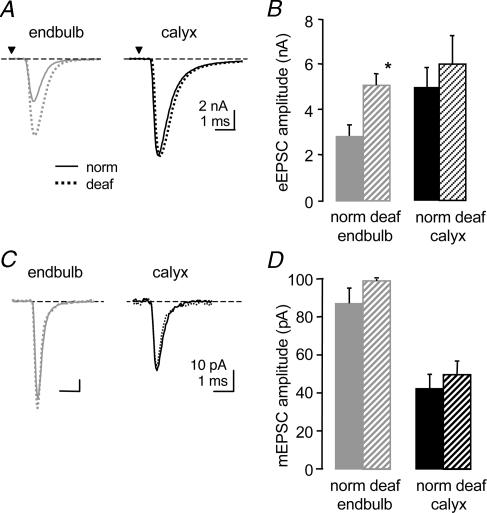Figure 4. Deafness affects synaptic transmission differently at the calyx synapse.
A. the mean amplitude of eEPSC at the endbulb synapse is greater in deaf (broken line) versus normal mice (solid line) while the eEPSC at the calyx synapse is similar in deaf and normal mice. Averaged representative traces from individual cells (endbulb norm P13; endbulb deaf P15; calyx norm P12; calyx deaf P13). B. summary data showing significant increase in mean amplitude (110%) due to deafness at the endbulb synapse but no difference at the calyx synapse. C, the peak amplitude of mEPSCs is unchanged at the endbulb and calyx synapse in deaf versus normal mice. Averaged representative traces from individual cells (endbulb norm P12; endbulb deaf P15; calyx norm P15; calyx deaf P13). D, summary data show no significant difference in the peak amplitude of mEPSCs in deaf versus normal mice at the endbulb and calyx synapse. (Some endbulb data from Oleskevich & Walmsley, 2002.) *Significant difference (P < 0.05) from normal animals. Error bars are s.e.m.

